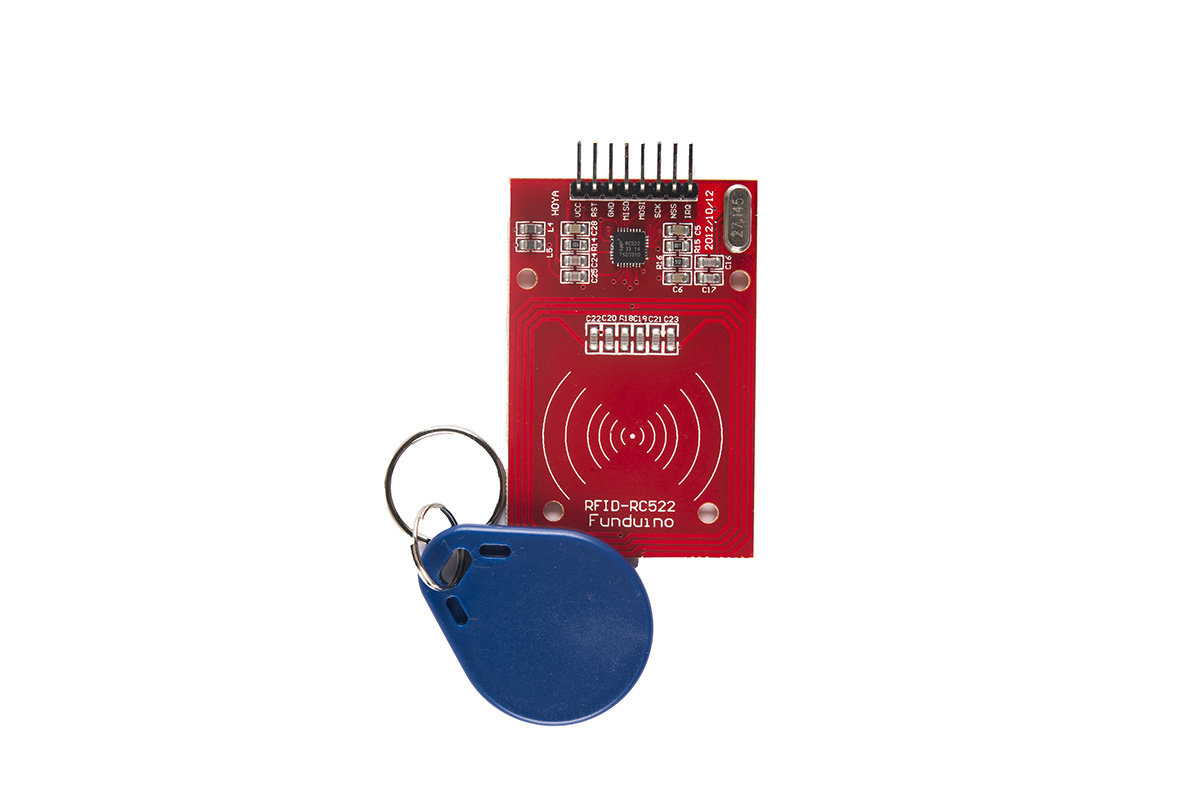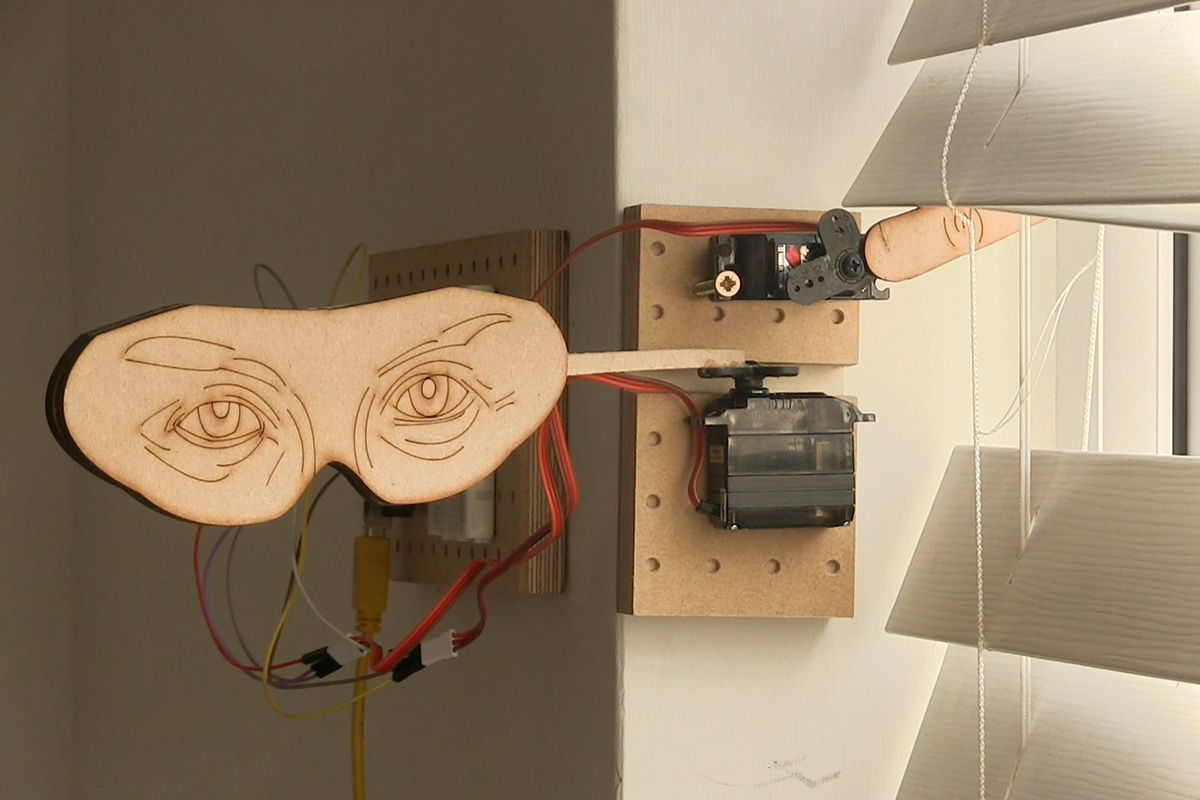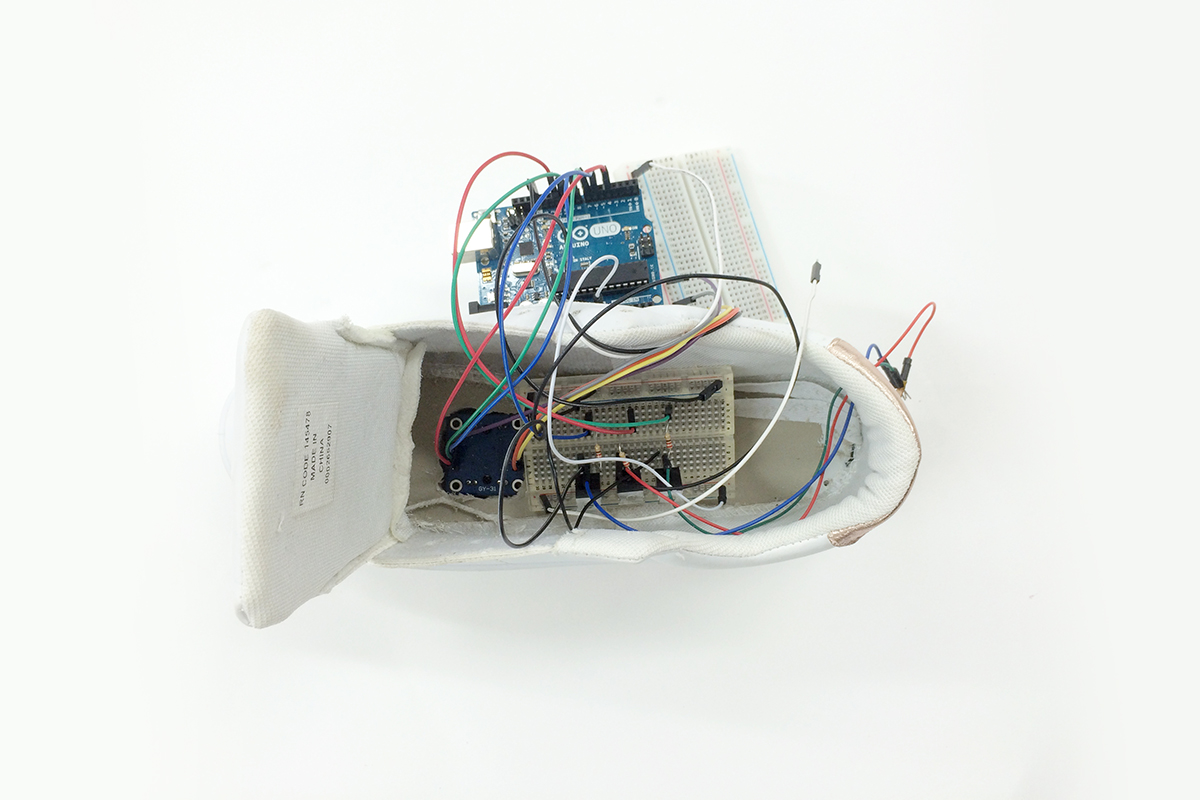RF Tag Readers

Overview
Radio Frequency Identification (RFID) is a system for transferring data over short distances (typically less than 10cm); the system is more efficient and secure than bar codes. Often only one of the two devices needs to be powered, while the other is a passive device. This allows for easy use in such things as credit and oyster cards, key fobs and even pet collars, as there is no need to worry about battery life. In order to make this system you require 3 objects: a scanning antenna, transceiver with a decoder to interpret the data (usually these two are integrated together) and a RFID tag, which will hold the encrypted data. Once the antenna is powered it creates a magnetic filed within a distance of 10cm. When an RFID tag passes through the field of the scanning antenna, it detects the activation signal from the antenna. That signal powers or simply “wakes up” the RFID tag, which then transmits the information on its microchip to be picked up by the scanning antenna. The limitation of the RFID module that might also be an advantage is that the reader and the information holder (e.g. credit card) must be very close to each other. This limits the design possibilities however it helps to keep your private and important data securely.
A standard RIFD discs 13.56MHz carries about 4KB (kilobyte), it is the second smallest computer data measure therefore the discs can only hold small amounts of information. However you can get slightly larger discs of 8KB or 10KB. Usually the tag contains an encrypted unique ID number (almost impossible to decrypt), once the number is recognised it is connected to the online database that contains all the information like how much money you have on your oyster card or credit card. It is good to know that kilobyte is a multiple of the unit byte for digital information. Historically, the byte was the number of bits used to encode a single character of text in a computer (binary code) and for this reason it is the smallest addressable unit of memory in computer architectures.
RFID Funduino – RC522 that we have in hackSpace has 8 leads: VCC, RST, GND, MISO, MOSI, SCK, NSS. Use the diagram below for wiring. However briefly explaining: VCC (3.3V) this is the power lead, don’t use 5V as it may damage the module. RET or Reset to digital PWM (PIN 9) is the TFT scanning antenna and it is best to have this pin controlled by the library. Ground to (GND) pin. MISO is the SPI (Serial Peripheral Interface) master output pin (PIN12) it will be used to connect with the RFID tag thought the antenna. MOSI is the SPI master input pin (PIN 11) and it is used to send data form the microcontroller to the RFID tag thought the antenna. SCK this is the RFID select input (PIN13) used if you want to read the RFID tag. Lastly NSS, which is the chip select input (PIN10) used for recognising date from the RFID tag.
Health & safety
- Ensure you are familiar with all H&S rules that apply to the environment you are working in.
- Identify where first aid can be found in your work space
- Keep all components dry and free from liquid spillages
- To avoid static, make sure your work surface is sufficiently earthed


